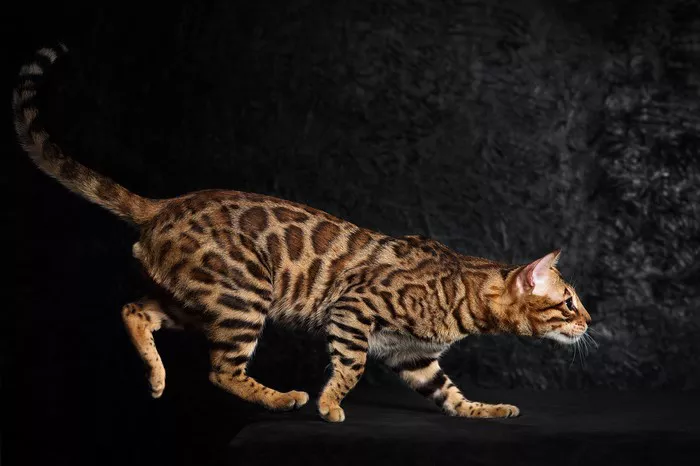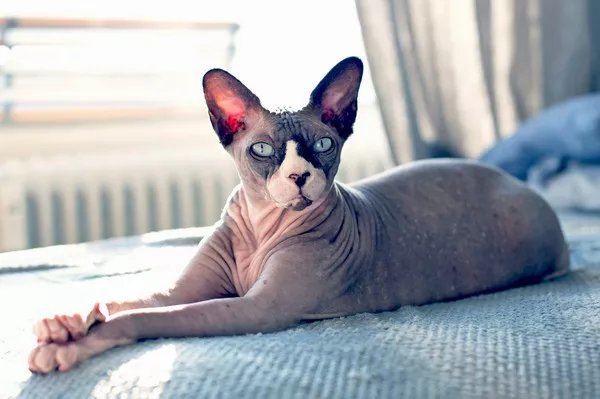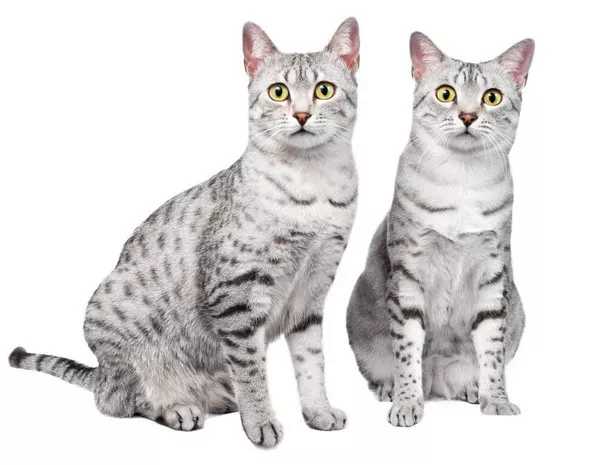In recent years, a concerning trend has emerged among some pet owners – cat huffing. While this practice may seem harmless or even amusing to some, it raises significant ethical and safety concerns for both the cat and the humans involved. In this article, we will delve into what cat huffing is, the risks associated with it, and why it should be strongly discouraged.
What Is Cat Huffing?
Cat huffing, also known as “kitten huffing” or “kitten sniffing,” is a term used to describe the act of inhaling or “huffing” the scent of a cat’s fur, often near their belly or paws. Some individuals claim that this practice induces feelings of relaxation or euphoria, similar to the effects of inhaling certain substances, though there is no scientific evidence to support these claims.
This trend has gained attention through social media platforms, where videos and images of people huffing their cats have circulated. It is essential to clarify that cat huffing does not involve physically harming the cat. Instead, it centers on inhaling the scent of the cat’s fur.
The Risks of Cat Huffing
While cat huffing may not appear immediately harmful, there are several significant risks and concerns associated with this practice:
Stress and Anxiety: Cats are sensitive creatures, and being held or manipulated for the purpose of huffing can cause them significant stress and anxiety. This can lead to behavioral issues, including aggression or withdrawal.
Respiratory Problems: Inhaling a cat’s fur can introduce allergens and irritants into the human respiratory system. This can lead to respiratory problems, especially in individuals with allergies or asthma.
Harm to the Cat: While cat huffing does not physically harm the cat, the handling involved can lead to accidents or unintentional harm. A cat may scratch or bite in self-defense, causing injury to both the cat and the person.
Normalization of Unethical Practices: Promoting cat huffing on social media platforms normalizes the idea of using pets for entertainment without considering their well-being or consent. This sets a concerning precedent for the treatment of animals.
Encouragement of Irresponsible Ownership: Cat huffing encourages people to adopt or acquire cats without fully understanding their needs and behaviors. This can lead to irresponsible pet ownership and neglect of the cat’s physical and emotional needs.
Ethical Considerations
One of the most significant concerns surrounding cat huffing is its ethical implications. Cats are sentient beings with their own needs, emotions, and boundaries. Engaging in activities that prioritize human pleasure over the well-being of the cat is ethically problematic.
It is essential to remember that cats are not objects or props for our entertainment. They should be treated with respect and kindness, and their consent should always be considered. Forcing a cat into a situation for the sake of a trend or amusement is a clear violation of their rights and dignity.
Promoting Responsible Pet Ownership
Instead of engaging in potentially harmful trends like cat huffing, individuals should focus on responsible pet ownership. Here are some essential principles to keep in mind when caring for a cat:
Understanding Cat Behavior: Educate yourself about cat behavior, needs, and body language. This knowledge will help you provide appropriate care and create a positive and respectful relationship with your cat.
Respect Boundaries: Always respect your cat’s boundaries and preferences. If your cat does not want to be handled or cuddled, honor their wishes.
Provide Proper Care: Ensure your cat receives proper nutrition, healthcare, and mental stimulation. Regular veterinary check-ups are essential to monitor their health.
Create a Safe Environment: Make your home a safe and stimulating environment for your cat. Provide toys, scratching posts, and places to hide and explore.
Avoid Harmful Practices: Refrain from engaging in any activities that may stress or harm your cat, such as cat huffing or dressing them in costumes against their will.
Conclusion
Cat huffing may be a trending topic on social media, but it is a practice that raises significant ethical and safety concerns. It is crucial to prioritize the well-being and dignity of our feline companions over fleeting moments of entertainment.
Responsible pet ownership involves understanding and respecting the needs and boundaries of our pets. Instead of engaging in potentially harmful trends, let us focus on building strong and loving bonds with our cats, ensuring their physical and emotional well-being is always a top priority. In doing so, we can create a happier and healthier life for both ourselves and our beloved feline friends.













![Are Birman Cats Cuddly?[Revealed!]](https://www.catsmeowweb.com/wp-content/uploads/2023/06/birman-cat-27.webp)













